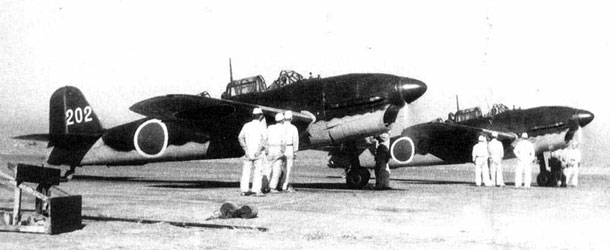- Thread starter
- #21
What does a single engine bomber bring to the table?
As in what do 200 single bombers that can move 1000lbs apiece 400miles (radius) do for you that 100 twin engine bombers that can move 2000lbs each 400 miles (radius) at the same speeds?
Single-engined bomber was needed to replace the old single-engined bombers, in ever-increasing quantities. Eg. in the RAF, Battle was replacing the Hind, in Germany the Ju-87 was supposed to replace the Hs 123, Su-2 was also replacing biplane bombers in the VVS. New 2-, 3- and even 4-engined bombers were in pipeline to replace old, mostly 2- engined bombers.
There was a handful of 2-engined fast (or fast-ish) bomber types that were able to carry 2000 lbs before 1942, most prominent being the Tupolev SB. Blenheim carried 1000 lbs, while Beaufort was not fast. Early Do-17s (like the -E version) that were fast when compared with biplane fighters and French fighters were carrying 1100 lbs, while the later versions carrying 2000 lbs were no fast bomber anymore. French 2-engined bombers that managed more than 400 km/h, like the Potez 630, carried 900 lbs; 420-430 km/h was slow for 1939-40. Ki-48, that was supposed to be a 'better SB', was slow, with under 900 lbs bomb load - all despite using two engines. So there is a lot of air forces where a reasonably fast 1-engined bomber would've been a boon when compared with 2-engined bombers produced in many hundreds.
BTW the He 118 was a bad example. It used a wing about 96% of the size of a Battle's wing and since it first flew in 1936 it's aerodynamics were not any better than the Battle's.
You need a new wing
I haven't also suggested a 'big Bf 109' for nothing

